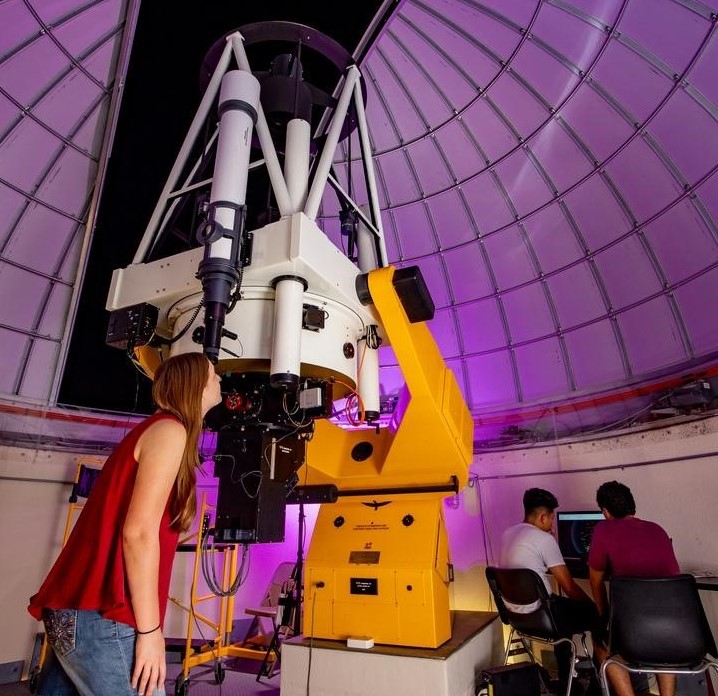Document Type
Article
Publication Title
The Astrophysical Journal
Abstract
We present a test particle simulation on the injection and acceleration of low-energy suprathermal particles by parallel shocks with a focused transport model. The focused transport equation contains all necessary physics of shock acceleration, but avoids the limitation of diffusive shock acceleration (DSA) that requires a small pitch angle anisotropy. This simulation verifies that the particles with speeds of a fraction of to a few times the shock speed can indeed be directly injected and accelerated into the DSA regime by parallel shocks. At higher energies starting from a few times the shock speed, the energy spectrum of accelerated particles is a power law with the same spectral index as the solution of standard DSA theory, although the particles are highly anisotropic in the upstream region. The intensity, however, is different from that predicted by DSA theory, indicating a different level of injection efficiency. It is found that the shock strength, the injection speed, and the intensity of an electric cross-shock potential (CSP) jump can affect the injection efficiency of the low-energy particles. A stronger shock has a higher injection efficiency. In addition, if the speed of injected particles is above a few times the shock speed, the produced power-law spectrum is consistent with the prediction of standard DSA theory in both its intensity and spectrum index with an injection efficiency of 1. CSP can increase the injection efficiency through direct particle reflection back upstream, but it has little effect on the energetic particle acceleration once the speed of injected particles is beyond a few times the shock speed. This test particle simulation proves that the focused transport theory is an extension of DSA theory with the capability of predicting the efficiency of particle injection.
DOI
10.1088/0004-637X/767/1/6
Publication Date
4-10-2013
Recommended Citation
Zuo, Pingbing; Zhang, Ming; and Rassoul, Hamid K., "Acceleration Of Low-Energy Ions At Parallel Shocks With A Focused Transport Model" (2013). Aerospace, Physics, and Space Science Faculty Publications. 300.
https://repository.fit.edu/apss_faculty/300


